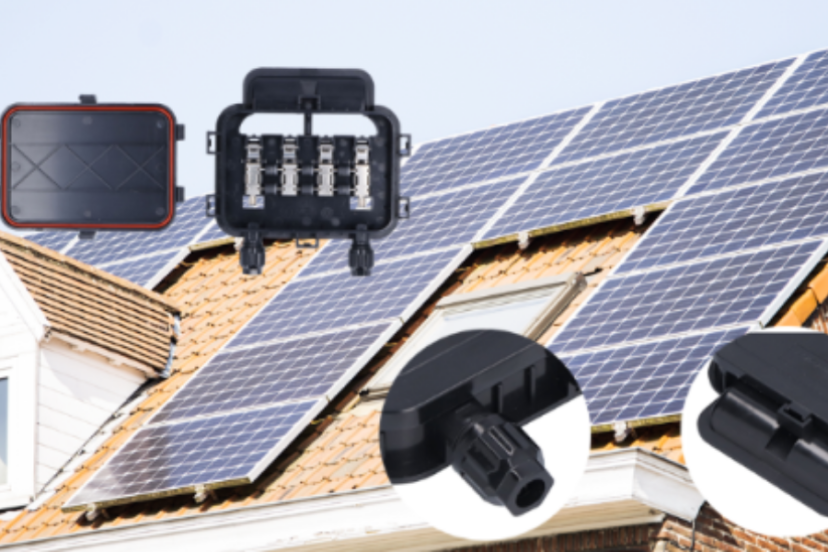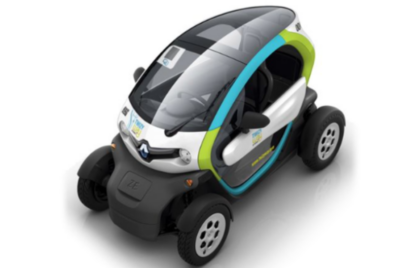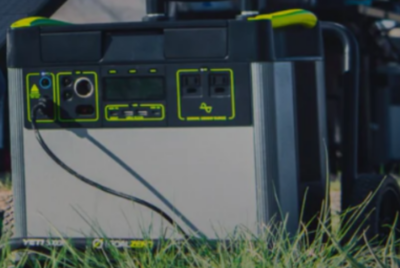Solar Panel Junction Box
Understanding the Solar Panel Junction Box
As the sun graces us with its boundless energy, solar panels stand as the bridge that harnesses this radiant gift and transforms it into usable electricity. Yet, beneath the gleaming surface of solar panels lies a network of intricate components that ensure the seamless conversion of sunlight into power. Among these components, the solar panel junction box emerges as a modest yet pivotal piece, orchestrating the harmonious interplay of electricity, safety, and durability.
The Vital Role of Solar Junction Boxes
Imagine the solar panel as a miniature universe of photons and electrons, where the marriage of light and matter results in the birth of electricity. Within this dynamic realm, the solar junction box serves as both a guardian and a facilitator. Its primary role revolves around connecting and protecting the multiple strings of solar cells within the panel. This unassuming enclosure shelters the intricate web of wiring and diodes that channel the flow of electricity, ensuring a smooth journey from panel to power grid.
Types of Solar Junction Boxes
Exploring the Tapestry of Solar Panel Junction Box Types
In the symphony of solar panel technology, junction boxes take on the role of orchestrators, ensuring the harmony of electricity flow within the panels. As the sun’s energy dances upon the solar cells, these unassuming boxes play a crucial part in directing and safeguarding this dance. Let’s delve into the diverse world of junction box types, where innovation and practicality intersect to elevate solar panel efficiency and performance.
Traditional Diode Junction Boxes: Navigating the Path of Current
Imagine the solar panel as a bustling city, with photons representing pedestrians and electrons as vehicles navigating the streets. In the heart of this city, traditional diode junction boxes serve as traffic directors, ensuring that the flow of electricity moves in the desired direction. These boxes contain diodes that allow current to pass through them in one direction while blocking it in the opposite direction.
Yet, beneath their stalwart design lies a caveat. When a single solar cell within the panel is shaded, it can act as a barrier, impeding the flow of electricity. This shading difficulty leads to a drop in overall panel efficiency, dimming the potential of the entire system.
Bypass Diode Junction Boxes: Illuminating Shadows
In response to the shading challenge, bypass diode junction boxes step onto the scene as problem solvers. Like agile troubleshooters, they reroute the flow of electricity around shaded cells, ensuring that the overall system’s efficiency isn’t compromised. When a cell is shaded and its energy production dips, the bypass diode activates, guiding the current through an alternative route and preventing an efficiency loss that might cast shadows over the panel’s performance.
By redistributing the current and bypassing the shaded cells, these junction boxes uphold the principle of energy conservation, ensuring that even in the presence of shadows, the solar panel system continues to shine brightly.
Multi-String Junction Boxes: Modular Innovation
As solar panel technology advances, modularity becomes a cornerstone of innovation. Enter the multi-string junction boxes, designed to accommodate multiple strings of solar cells within a single panel. Each string operates independently, akin to sections of a musical orchestra playing distinct melodies yet contributing to a harmonious composition.
These boxes embody the spirit of adaptability and redundancy. Even if one string faces shading or performance issues, the other strings continue to function optimally, maintaining the panel’s efficiency. It’s a safeguarding mechanism that ensures the entire system doesn’t falter if a singular section encounters challenges.
Solar Junction Box Choice Options: Factors to Consider
As you stand at the crossroads of junction box selection, consider your solar panel’s context and objectives. Traditional diode junction boxes serve well in unobstructed environments, where shading is minimal. Bypass diode junction boxes emerge as stars in scenarios where shading is a prevalent concern. Multi-string junction boxes resonate with those seeking modular solutions that guarantee consistent performance even in the face of challenges.
Ultimately, the choice of solar junction box type weaves into the larger narrative of your solar panel system’s efficiency and longevity. It’s a selection that echoes the innovative spirit of solar technology and empowers you to harness the sun’s energy with intelligence and foresight. Just as each note in a symphony contributes to the grand composition, each junction box type plays its part in the harmonious flow of solar energy.
Factors to Consider in Solar Panel Junction Box Selection
The selection of a suitable junction box isn’t a matter of mere preference; it’s a decision that impacts the efficiency, safety, and longevity of your solar panel system. Here are crucial considerations to guide your choice:
Weather Resistance: Battling the Elements
Like valiant guardians, junction boxes must withstand the rigors of weather. Opt for boxes built with weather-resistant materials, ensuring the internal components remain shielded from rain, snow, and temperature fluctuations.
Compatibility and Integration
The junction box should seamlessly integrate into the overall solar panel design. Compatibility with the panel’s structure and wiring is essential for optimal performance and safety.
Ensuring Safety: Protection and Insulation
Safety is paramount in the realm of electricity. A robust junction box should provide ample insulation, shielding occupants and maintenance personnel from electrical hazards.
DIY vs. Professional Installation
The complexity of junction box installation prompts a decision between a DIY approach and professional expertise. While DIY might save costs, professional installation ensures precision and adherence to safety standards.
Maintenance and Care for Longevity
To ensure your solar panel junction box serves as a steadfast guardian, implement routine maintenance. Regular inspections, cleaning, and addressing any signs of wear or damage will contribute to its longevity and reliable performance.
Conclusion: Empowering Your Solar Journey
As we conclude our exploration of the solar panel junction box, envision it as the unseen hero, silently orchestrating the dance of electrons that powers your home. Its role transcends its unassuming appearance, manifesting in the form of safe, efficient, and durable solar energy conversion. By understanding the nuances of junction box types, considering critical factors in the selection, and embracing proper maintenance, you empower your solar journey with reliability and efficacy. Your solar panels become not just an assembly of cells, but a harmonious symphony of energy conversion that resonates with sustainability and progress.
FAQs: Solar Panel Junction Boxes
- Can I upgrade my existing solar panel’s junction box?
While upgrading is possible, it’s a complex process that might require professional assistance. It’s advisable to consult a solar technician to determine the feasibility and benefits. - What happens if the solar junction box fails?
A malfunctioning junction box can lead to reduced panel performance, safety hazards, and potential system failure. Prompt repairs or replacements are crucial. - Do all solar panels come with junction boxes?
Yes, almost all solar panels are equipped with junction boxes. However, the design and features can vary based on the manufacturer and panel type. - Can I install a solar panel junction box myself?
Installation requires electrical expertise and adherence to safety standards. While DIY installation is possible, it’s recommended to seek professional assistance to ensure proper wiring and safety. - How often should I inspect my solar panel junction boxes?
Regular inspections, ideally conducted every six months, are recommended. These checks ensure that the boxes are in good condition, the wiring is intact, and there are no signs of damage or wear.




